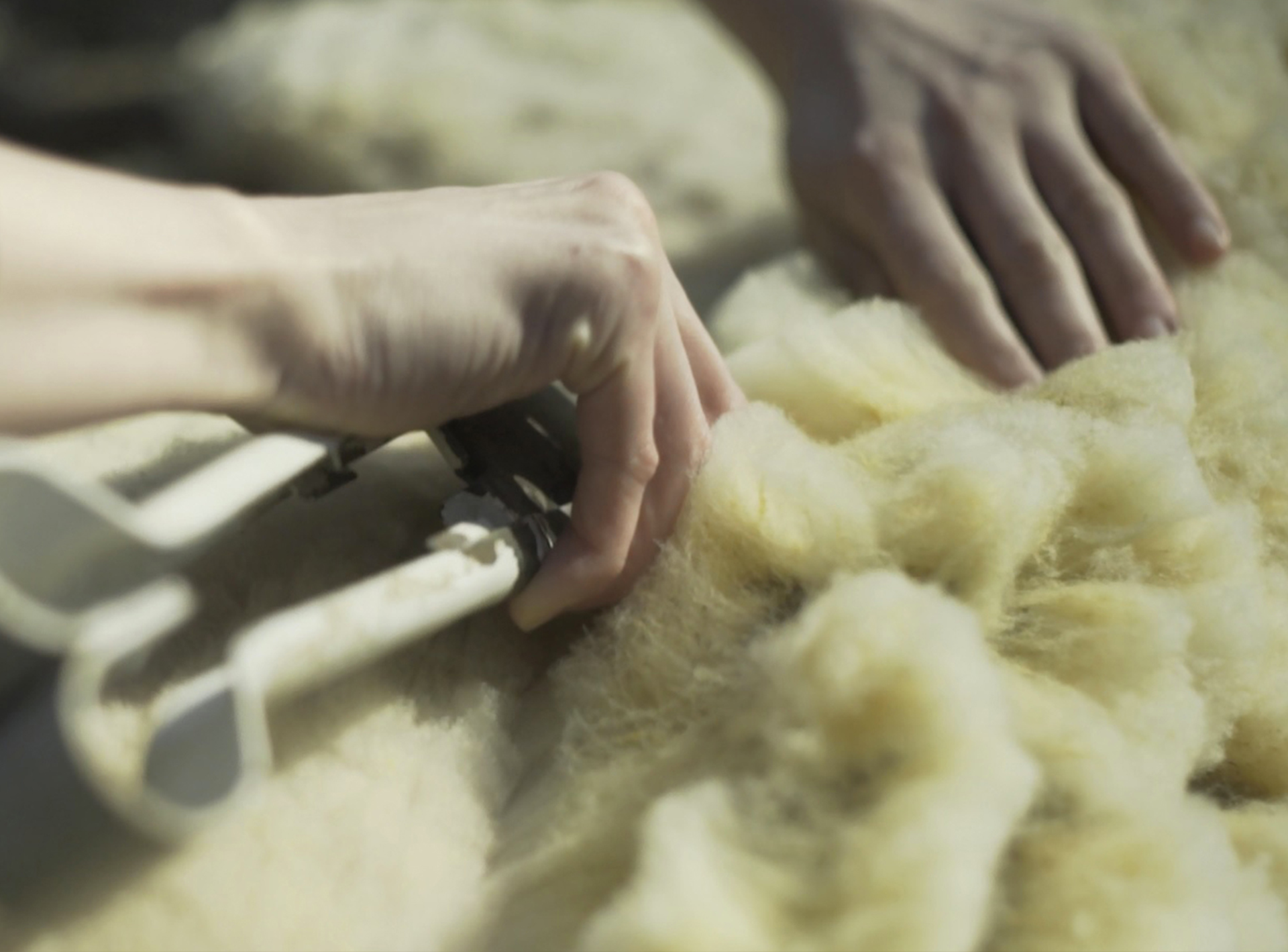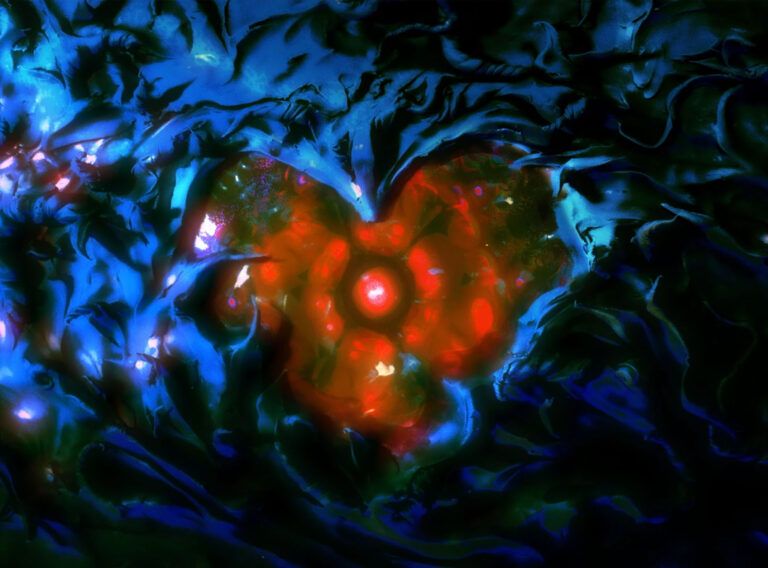Wool has been, since forever, one of the essential incentives to raise sheep. Sheep are not only profitable for their wool and meat but also play a major role in maintaining the natural character of a landscape, thanks to grazing. Without a hitch, they can mow even hardly accessible terrain, are environmentally friendly for protected areas and, thanks to natural restoration, they can bring back rare plants. Furthermore, wool as a textile material has many brilliant properties for finished garments. History-wise, the textile industry has a traditional position in the Czech Republic. The suitable climate made it also possible to grow flax so the majority of textile and fabric production was centralized here during the Austro-Hungarian rule. Alongside streams, immense numbers of small spinning and weaving mills were built that, unfortunately, didn’t survive into the present. It is known that most households had manual spinning wheels at their disposal, which they used to spin wool into yarn that was in turn knitted into sweaters and socks.
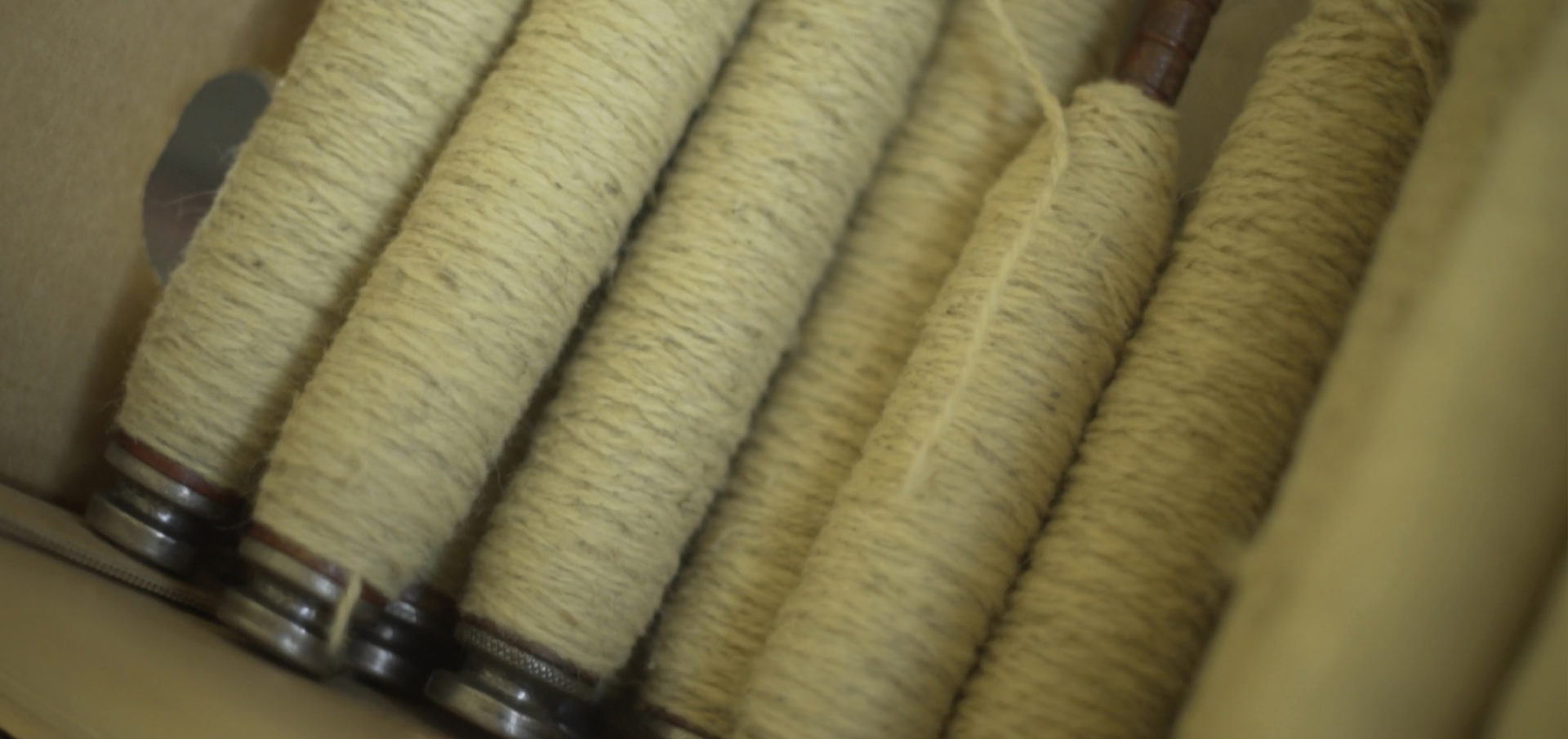
During the nationalization era, many small businesses were closed and so the 90s of the last century decided on the next fate of wool. Due to the lack of competitive ability with foreign markets, insufficient qualifications of the workers and also outdated manufacturing technologies, most of the remaining factories perished and were, in the majority of cases, torn down. Since then, raw wool had no place to be processed and wool trade got into trouble. After that, the answer to this manifests in quantity cutbacks and the reorientation of breeders towards meat breeds (because the popularity of lamb is growing due to the influences of Eastern cuisines) or crossbreds with wool only partially or not at all suitable for textile processing. Even though wool processing factories are still in operation in a few places in the Czech Republic, Czech wool is widely rejected by them. The reason is problematic processing due to the inhomogeneity of the fleece supplied, which is essential not only for machine production but also for the quality of the resulting product. Each breed differs in hair length, thickness, softness and colour and each breeder has multiple breeds, the reason being a bigger profit from the herd. Another problem is the overall, negligible quantity of this material. There exists an immense gap compared to foreign breeders who supply fleece on a large scale. Thus, Czech wool is definitely eliminated from the market. And so it happened that not only the “disposal” of the fleece was fairly complicated for the breeders but this sustainable material also went to a complete waste.
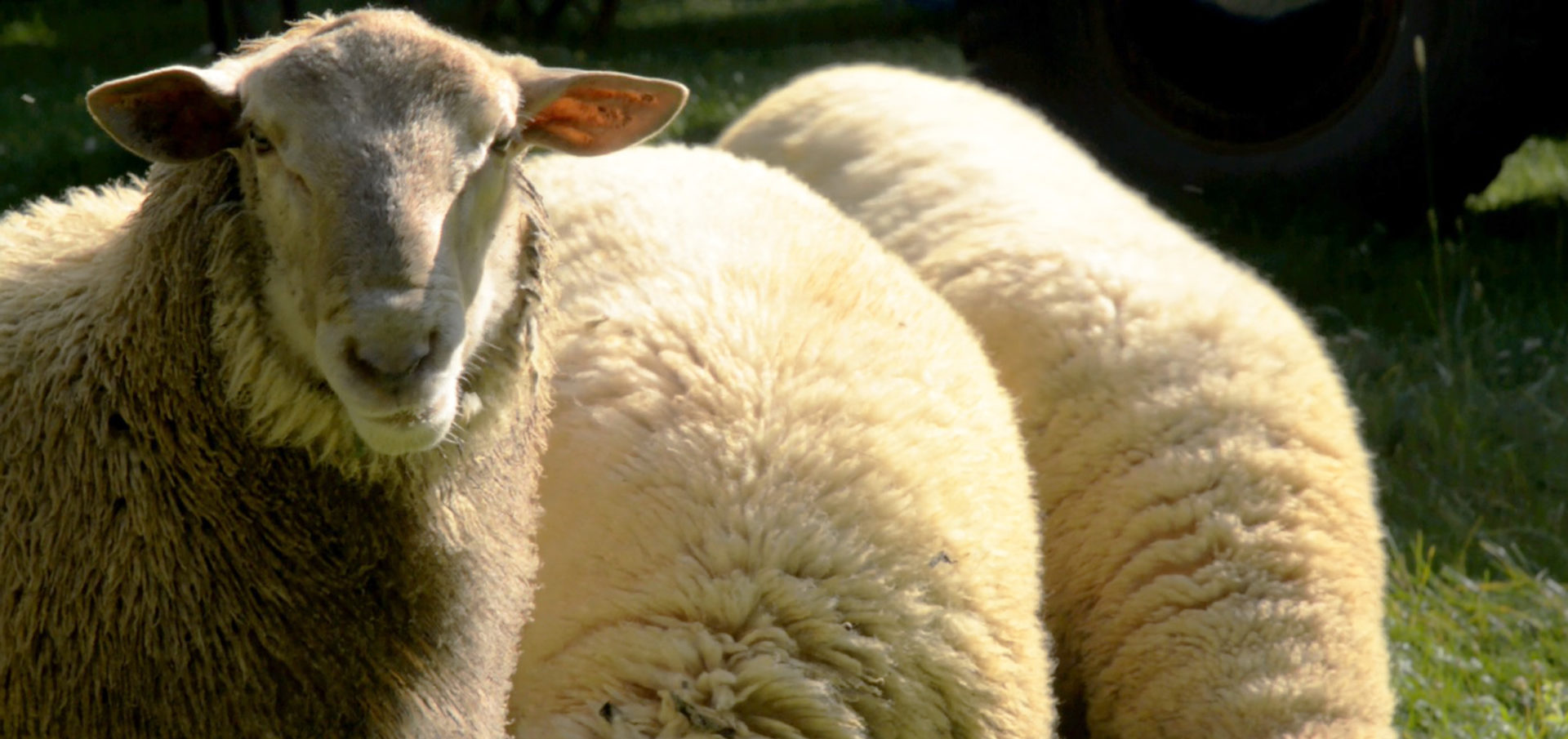
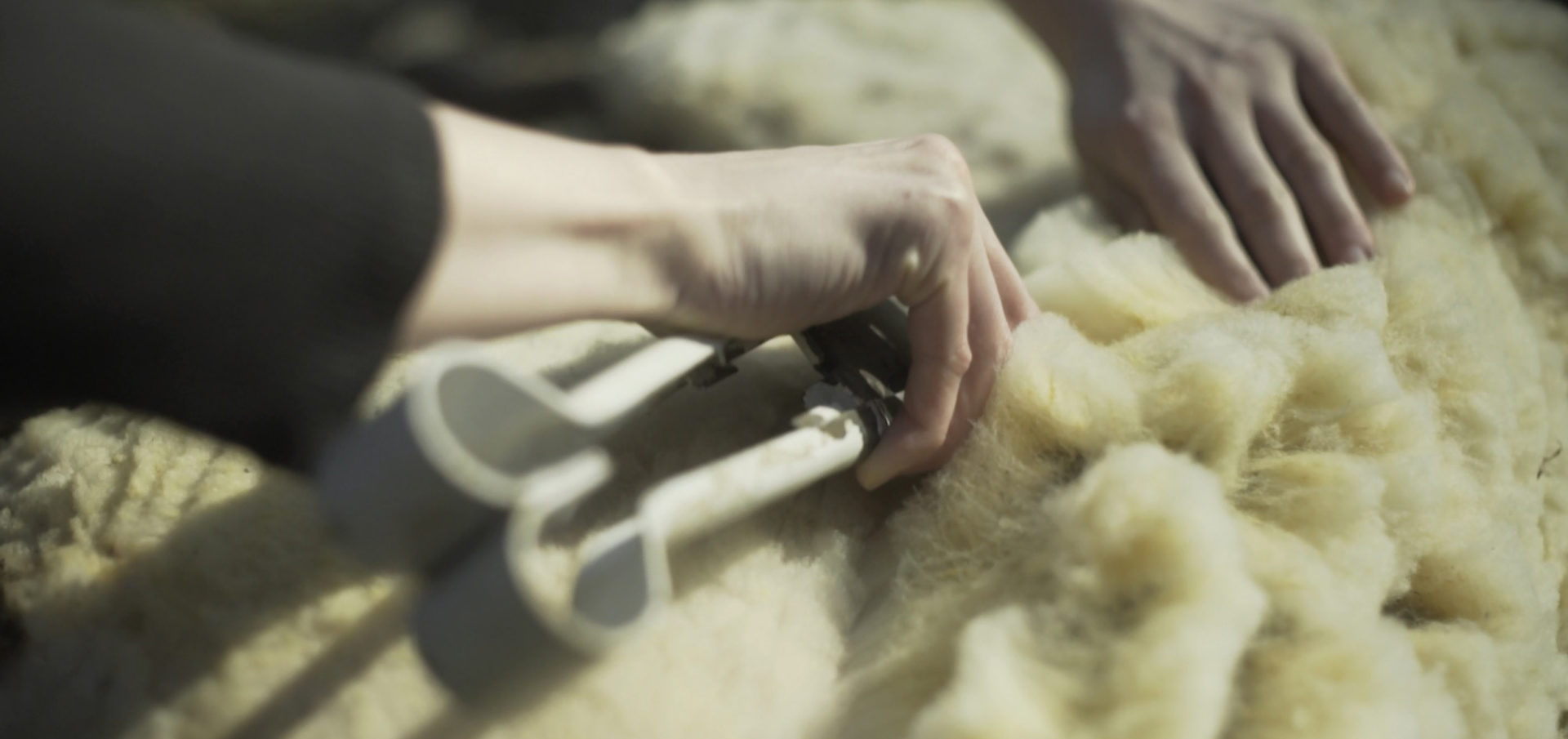
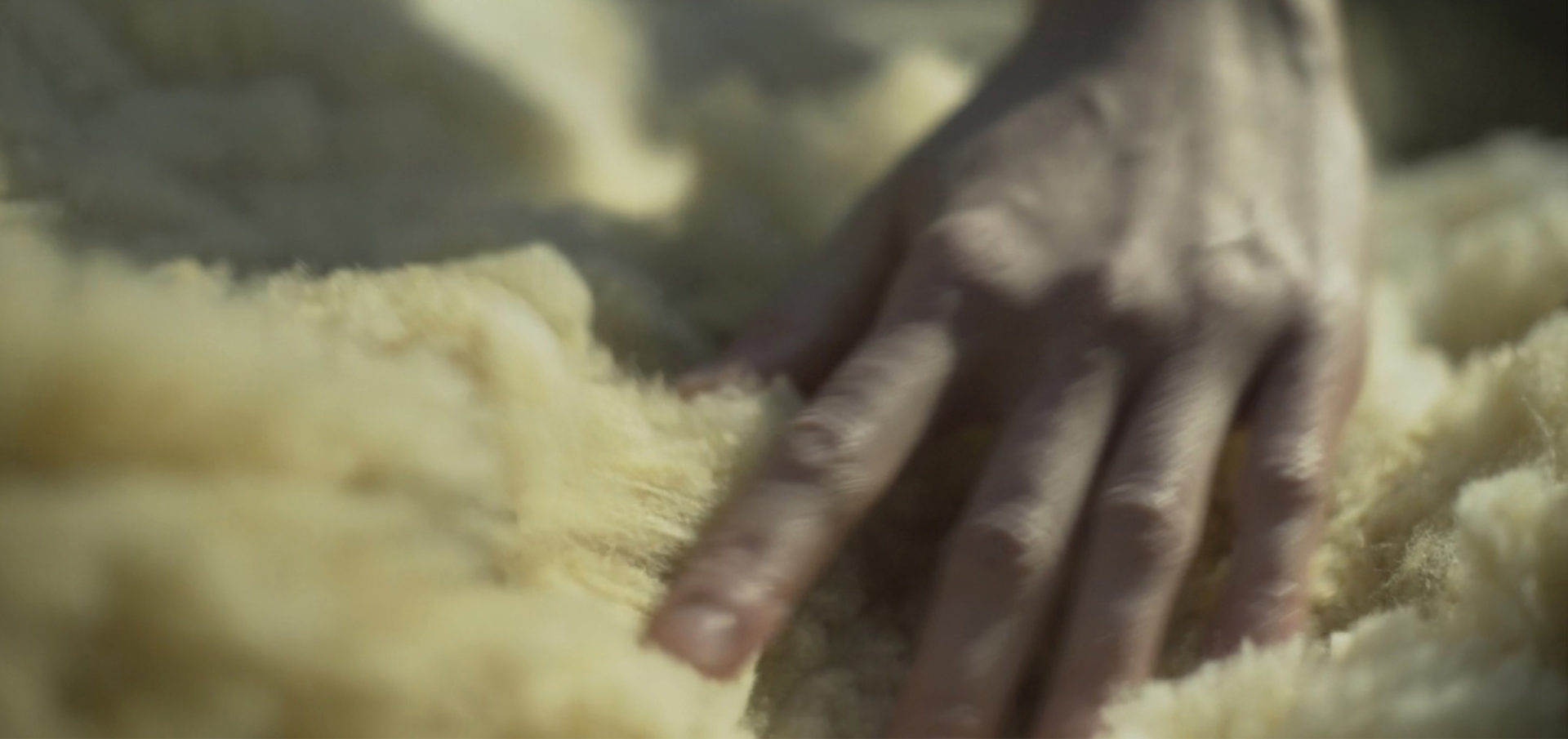
In the current digital times, humans once again turn to handwork that functions as a space for rest, which isn’t drowned in an overload of information and visual stimuli. The physical contact of the hand is used for getting to know things and creation itself becomes the means of self-realization. At farmer’s markets, there appear various small woollen goods such as felted figurines, slippers, “grandma’s“ knitted socks, etc. But that doesn’t solve the question of fleece’s utilization at all. The unfavourable situation of the textile industry also reflects the problematics of shipping cheap clothing from Asia, which is nearly impossible to compete with. Even though craftsmanship is still waiting for its appreciation on the Czech market, we can see a more prominent representation of it in the initiatives of local designers and it’s important to mention that Czech society registered an overall visible interest shift towards local and sustainable products.
Poor local self-sufficiency of own resources and production causes a colossal environmental strain. The negative impact on nature is, therefore, caused not only by energetic and manufacturing sources but also by the transportation and shipping industry.
In my work, I support local and continually sustainable development. For me, the essential factor for creating clothes became the exclusive use of local possibilities. The suggested model of my own small-scale textile and clothing production works with two sustainable sources – wool as the base material for textile production and hydroelectricity as the source of finalization of the garments. The production of fabric made of fleece coming from my own herd of sheep together with using a small hydroelectric power station for creating the individual pieces of clothing poses no disturbance to nature and environment.
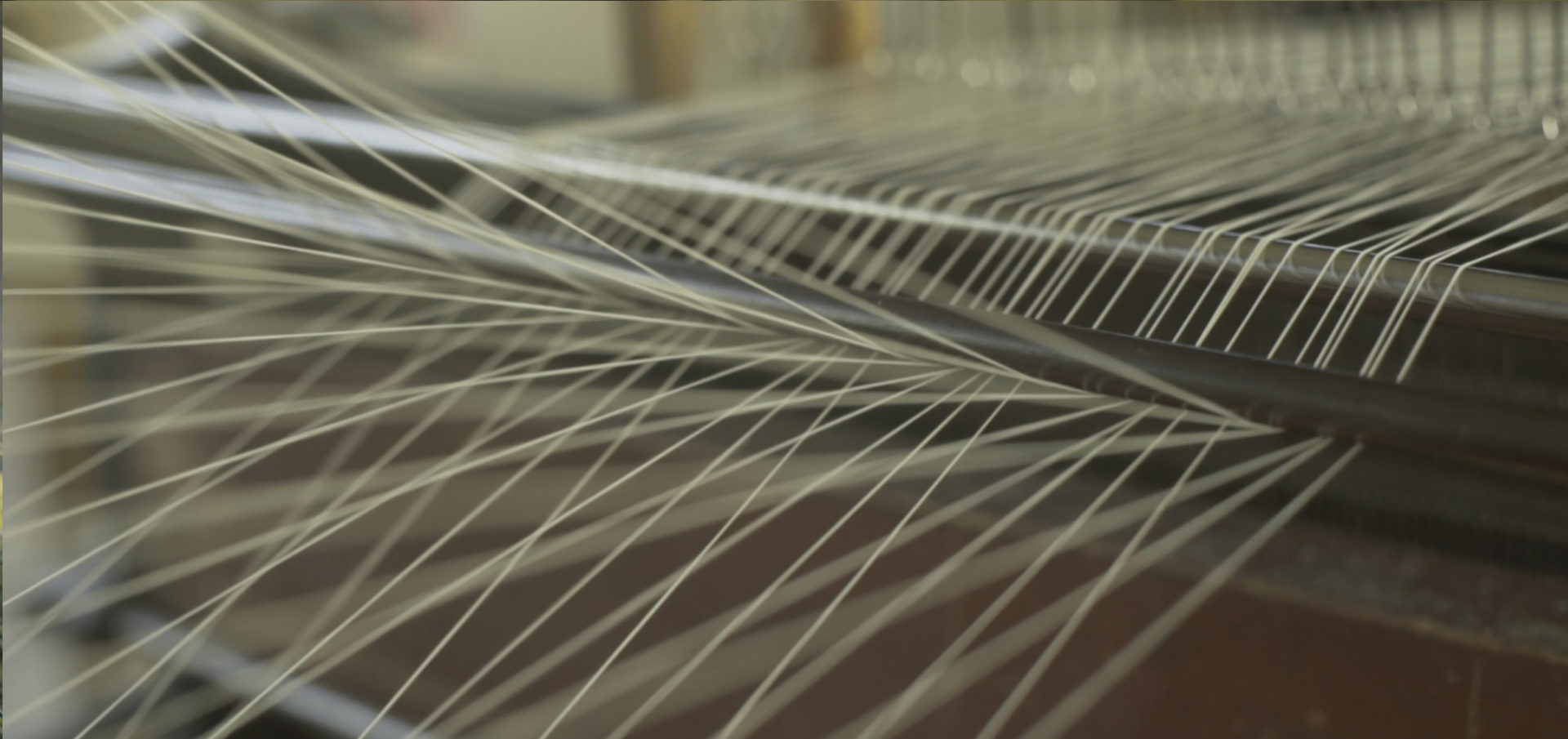
Text / Linda Havrlíková
Photography / The author’s archive
